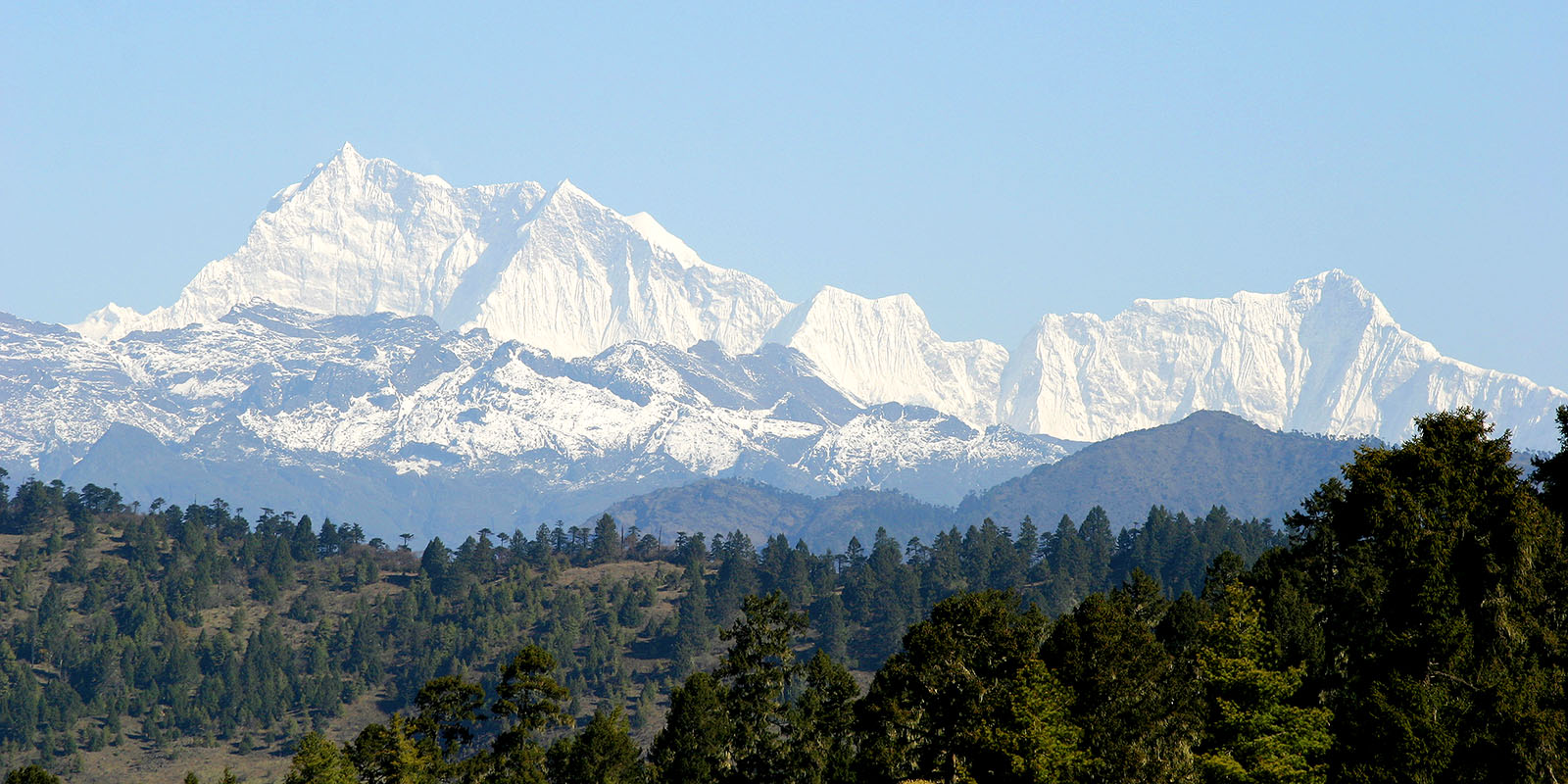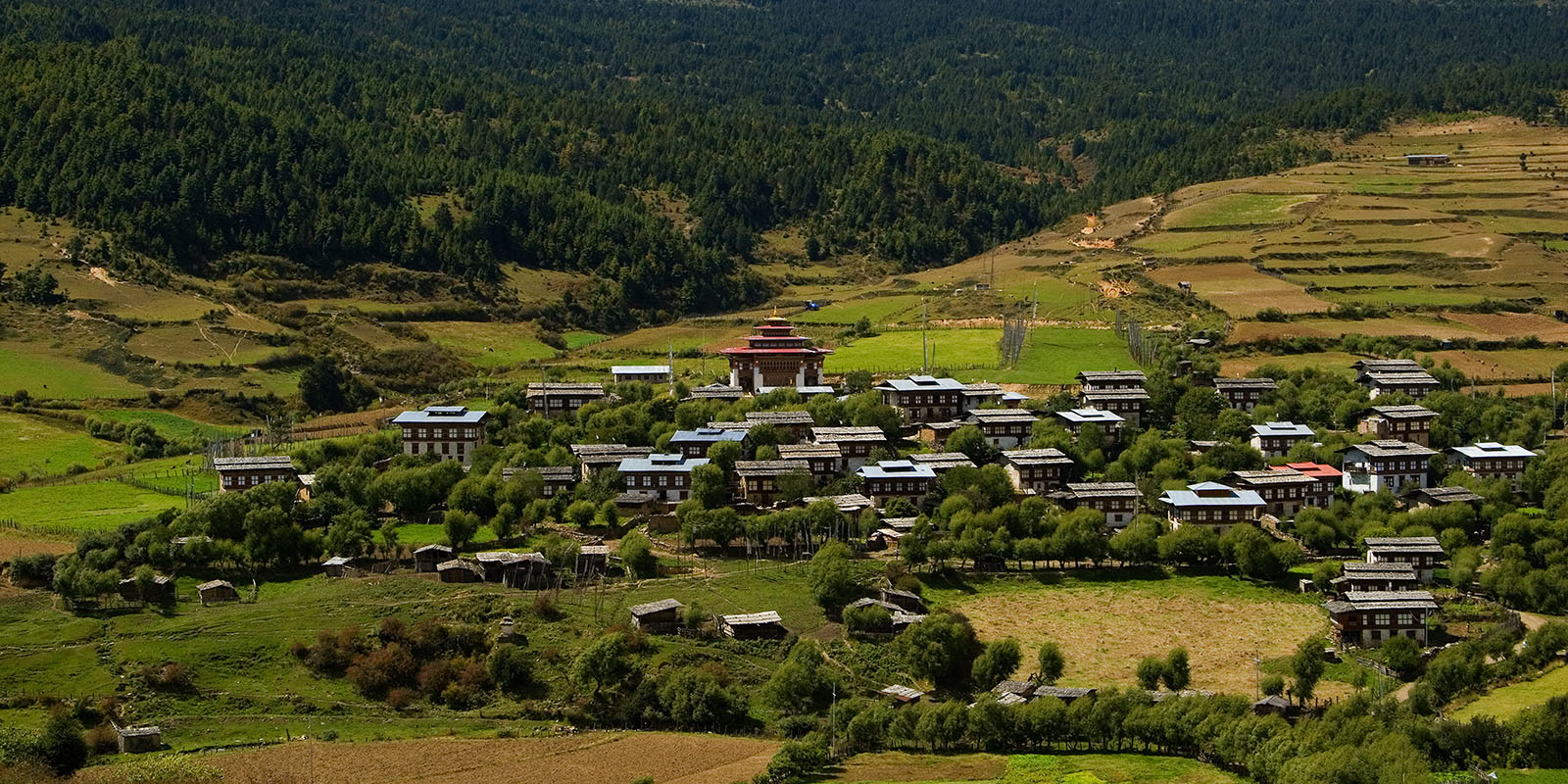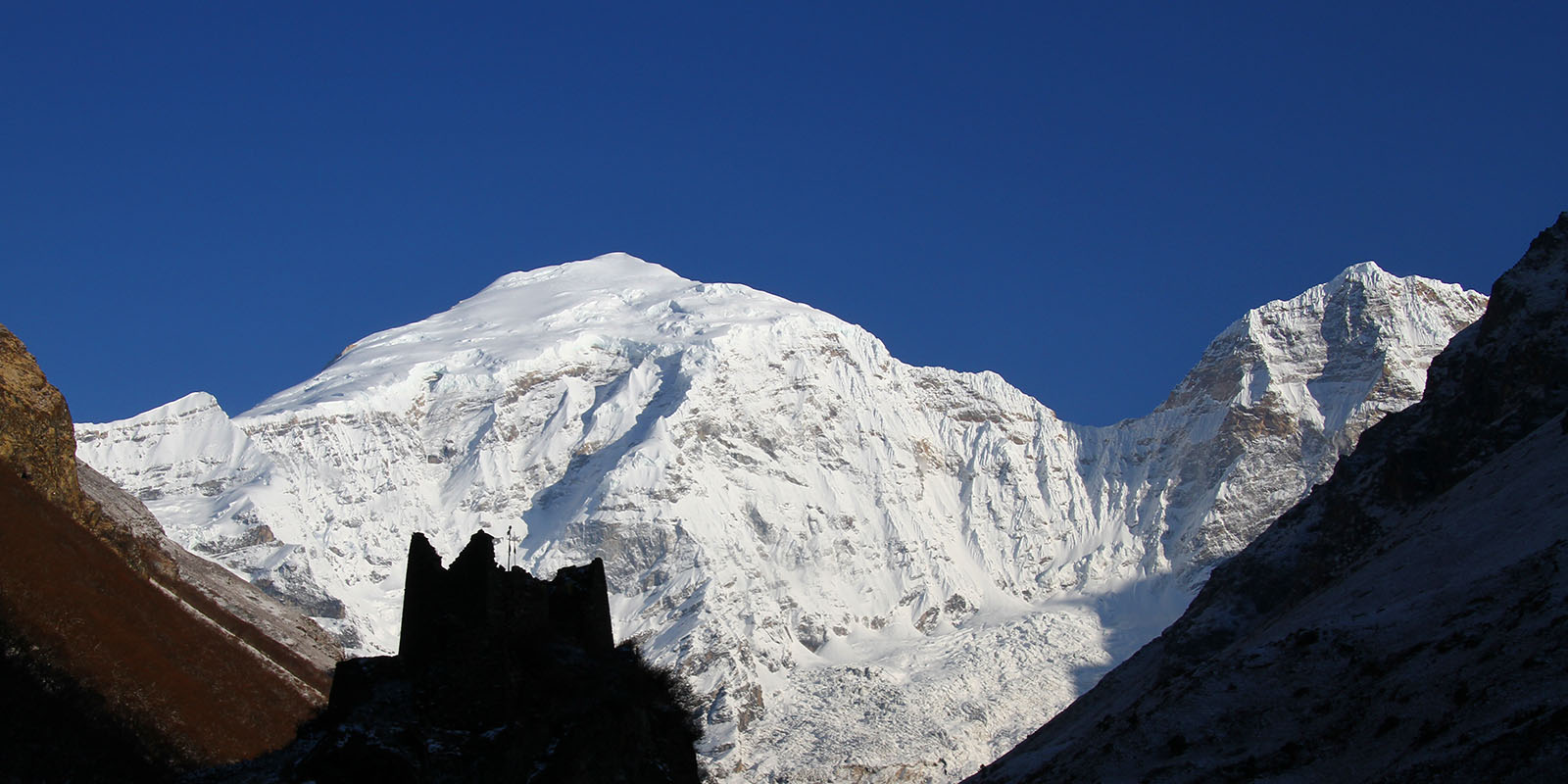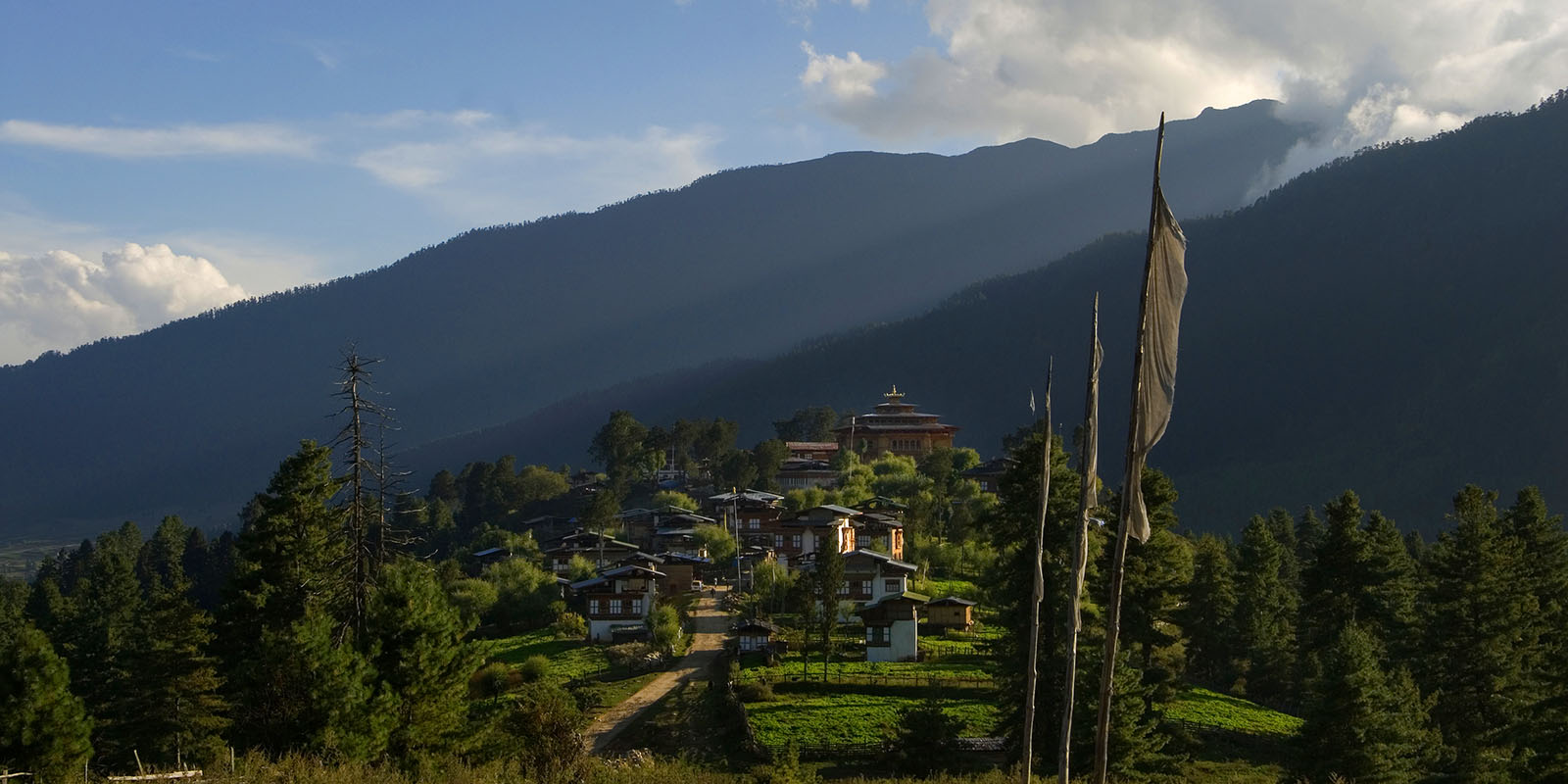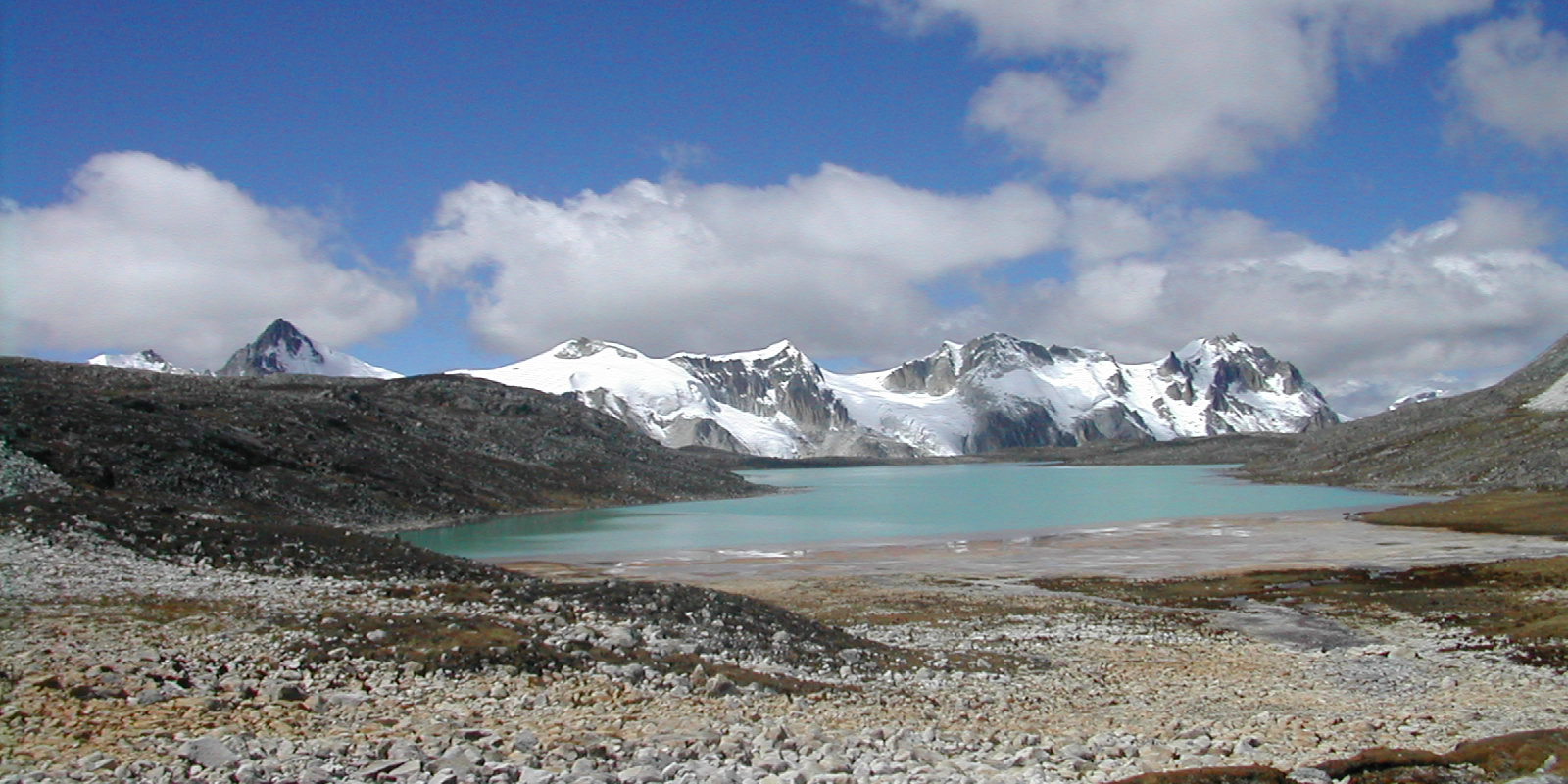
BEST SEASON: March, April, May, September, October & November.
OVERVIEW:
Private trips available on request based on your preferred dates of travel. Best times to visit are in Spring from March to the start of May when the rhododendrons and spring flowers are in full bloom and in the Autumn from the end of September to the end of October and start of November. 9 days – Explore UNESCO World Heritage sites and experience the vibrancy of Kathmandu before your journey to the ancient Kingdom of Bhutan. Visit some of the largest, oldest, most spectacular and ornate dzongs in the Kingdom. Journey through fertile valleys, scenic villages, and ancient histories in Paro, the heartland of the Drukpa people. Spot rare animal and plant species as you travel through stunning wooded valleys, past imposing fortresses, serene monasteries and bustling markets in Thimpu, Punakha and Wangdiphodrang. Absorb the unique atmosphere in the Land of the Thunder Dragon.
DETAILED ITINERARY
Day 01: Arrive Paro
On arrival at Paro airport,you will met our representative and transferred to our hotel after completion of arrival formalities. Evening visit to Paro market and town. Overnight at the hotel in Paro.
Day 02: Paro
Morning drive up the valley to Drukgyel Dzong (1646), which once defended this valley from Tibetan invasions. Though largely destroyed by fire in 1951, its towering outer walls are still an imposing sight. On a fine day, there is a grand view of Mt.Chomoihari from the approach road to Drukgyel Dzong. Drive back along the valley to visit a traditional farm house and then the 7th Kyichu Lhakhang, one of Bhutan’s oldest and most sacred shrines. In the afternoon, visit Ta Dzong, built in 1651 as a watchtower and in 1968 inaugurated as Bhutan’s National Museum. The collection includes art, relics, religious thangkha paintings, postage stamps, coins and handicrafts, as well as a small natural history collection. Then walk down a short hillside trail to visit Rinpung Dzong (Paro Dzong), built in 1646, and now housing the offices of the district administration and Paro’s monk body. Overnight at the hotel in Paro. In the afternoon, visit Kyichu Lhakhang. Built by the Tibetan king, Songtsen Gampo in the 7th century, it is one of the oldest and most sacred shrines of Bhutan. Overnight at the hotel in Paro.
Day 03: Paro – Thimphu (55 km,1:30 hours)
This morning drive down the valley following the Pa Chu (Paro river) to its confluence with the Wang Cnu Ulnimphu river). Turn lett up the valley leading to the nation’s capital, 1flimpflu. n route visit Simtokha Dzong (1627), the kingdom’s oldest fortress which now houses the Institute for Language and Culture Studies. After lunch, visit the National Memorial Chorten, built as a memorial to Bhutanis third king (“the father of modern Bhutan”) and also as a monument to world peace. Then visit Tashichhodzong, Thimphu’s most impressive building situated by the Wang Chu. It houses His Majesty’s secretariat, some ministries, and also the central monk body during the summer months. In the evening, take a stroll through Thimphu market and town. Overnight at the hotel in Thimphu.
Day 04: Thimphu
After breakfast, visit the following as time permits: Institute for Zorig Chusum, where students learn the 13 traditional arts and crafts of Bhutan; the National Library, which houses an extensive collection of Buddhist literature, including some manuscripts dating back several hundred years; the National Institute of Traditional Medicine (outside only), where medicinal herbs are compounded and dispensed, and traditional medicine practitioners are trained; and the Folk Heritage and National Textile Museums, for fascinating insights into Bhutanese material culture and way of life. After lunch, visit the government-run Handicrafts Emporium, which carries a wide range of hand-woven textiles and craft products, and browse in the bookshops and many smaller handicrafts shops around the town. Take an early evening drive up to a lookout festooned with prayer flags, for a fine view of Thimphu and the valley. Overnight at the hotel in Thimphu.
Day 05: Thimphu – Geynekha (14km, 4 hours)
Drive for 45 minutes to reach the starting point for the trek. The first day’s walk is along a mule path, passing by terraced fields and coniferous forest, and ending at the signboard of Genekha School. Overnight camp at Genekha (2,800m) alongside a stream.
Day 06: Geynekha – Gur (15km, 4 hours)
On today’s trek the true communion with nature begins, and you will see many varieties of alpine flora and also some animals and many birds. After two hours of walking gradually uphill, rest at a huge rock platform, from which there is a picturesque view of the valley below. After another two hours the trek ends for the day. Camp at Gur, where flowers are abundant in spring.
Day 07: Gur – Labatamba (12km, 5 hours)
While trekking across the ridges, one enjoys the beauty of the rugged mountain vegetation. Today’s trek takes us across meadows where wild asparagus and other small plants grow, and if taking this trek in the spring, you will feel you are walking over carpets of flowers. The first pass, marked by a large cairn gives a spectacular view of the whole Dagala range, alpine meadows and yak herders’s camps. We will lunch at a nearby yak herder’s camp. After lunch we will walk across hills and over meadows, ending the third day of our trek at Yutsho Lake, where golden trout abound. Overnight camp near the lake.
Day 08: Labatamba Halt
This day is for an excursion to any one of three lakes: Relitsho, Hentsho and Jamatsho. Your trekking leader will tell you mystical stories about these lakes. This would also be an ideal time and place for some trout fishing. Overnight camp.
Day 09: Labatamba Halt
Extension to Setsho and nearby lakes. The hike to Setsho lake is easy and interesting. You could spend the whole day trout fishing here, with packed lunch. Alternatively, after reaching Setsho you could then cross over a small ridge and go down to Jagetsho lake. Or you could try climbing Jomo, a 5,050m peak. Lunch at the summit, with spectacular views all around, can be memorable experience. Return to camp by dusk and prepare for the next day.
Day 10: Labatama – Panka (8km, 4 hours) Walk
